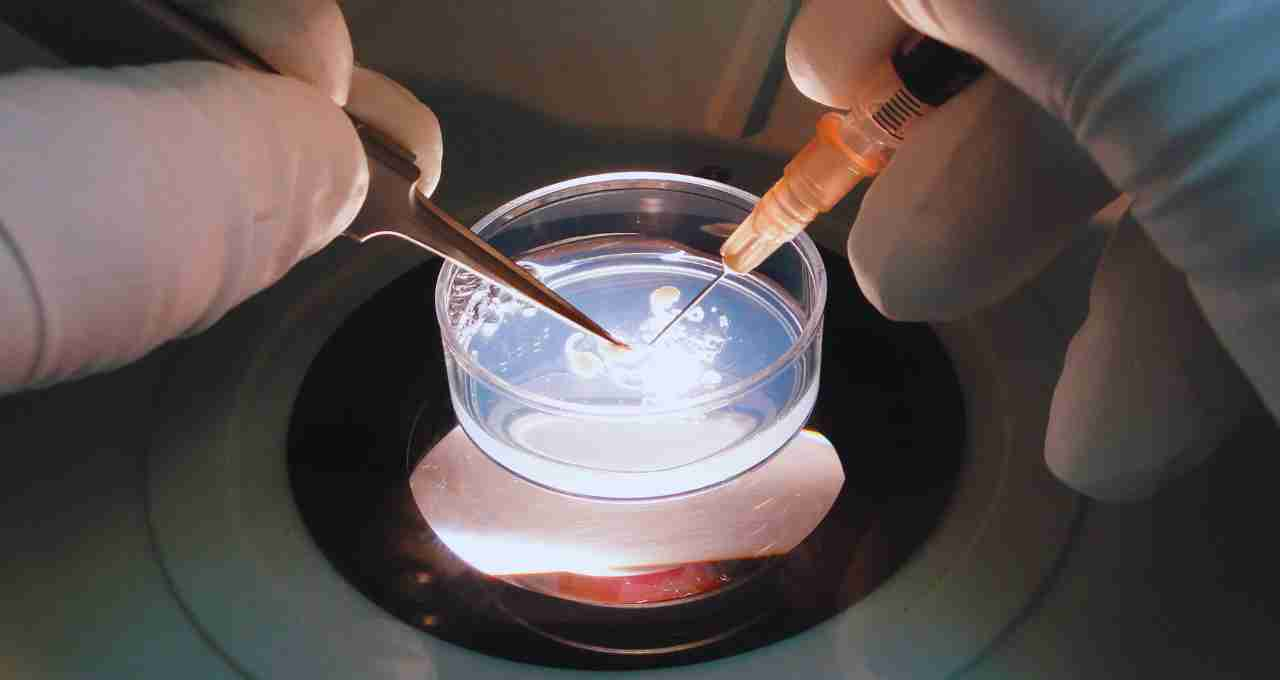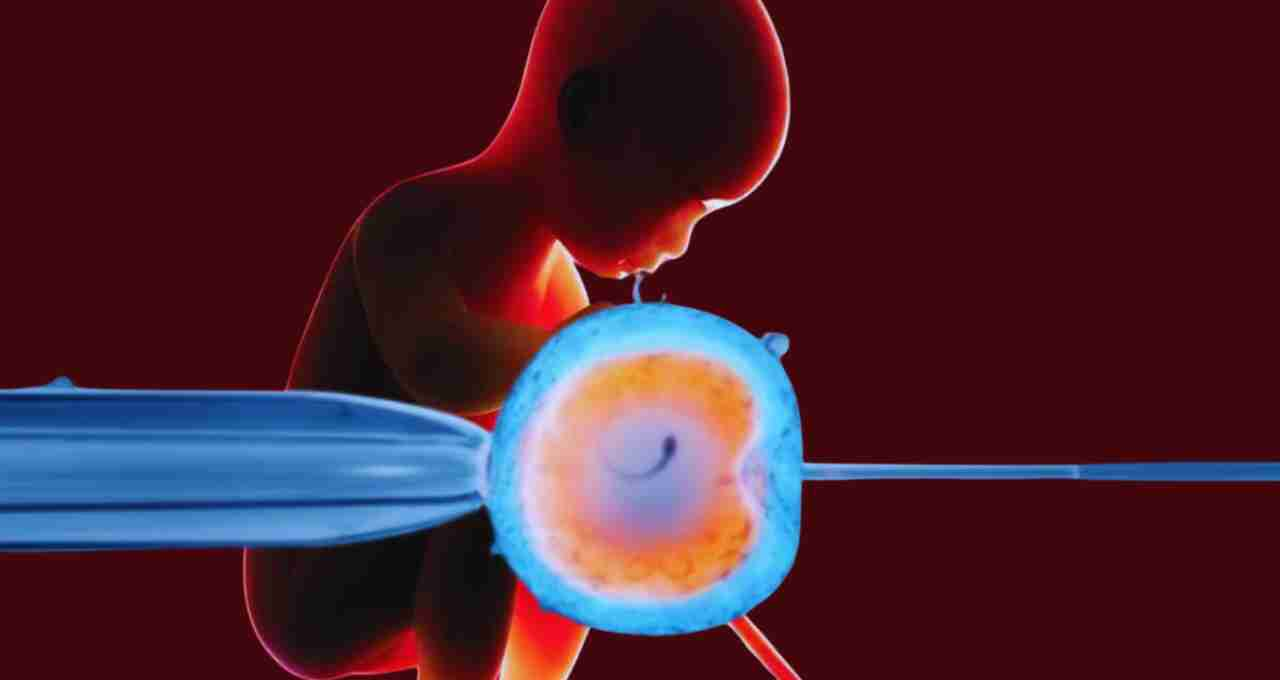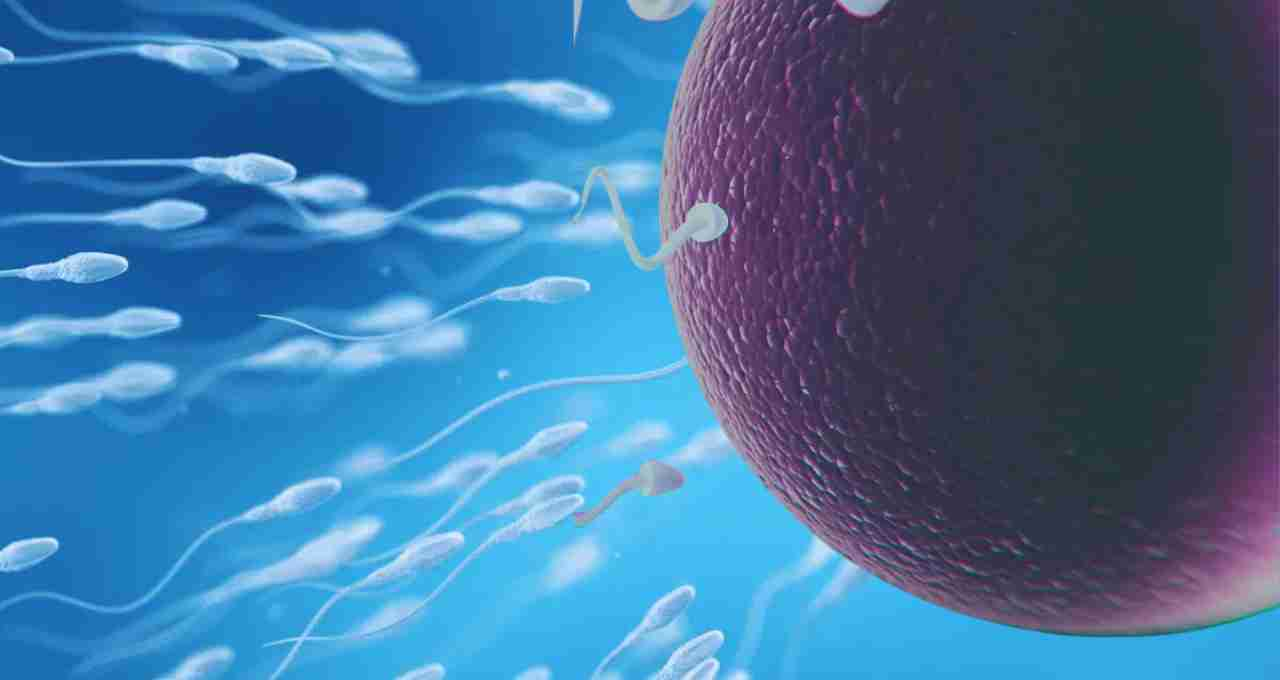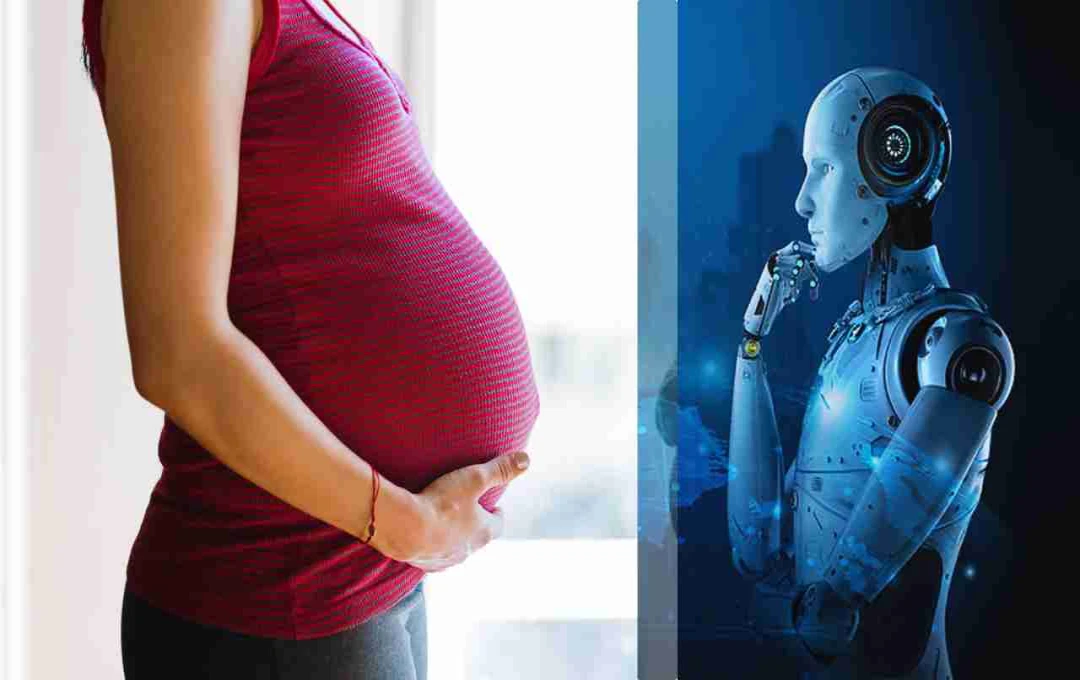A New York couple, after 20 years of trying, achieved parenthood with the help of STAR, an AI tool developed by Columbia University. This tool detects microscopic sperm in semen samples.
Sperm Track and Recovery: Technology, when combined with human perseverance and hope, can create miracles. A New York couple's story exemplifies this; they struggled for nearly 20 years to have a child, undergoing 15 IVF treatments and consulting doctors worldwide, only to face repeated disappointment. Just as their last hope dwindled, AI technology worked a miracle in their lives.
An AI-based fertility tool developed at Columbia University, STAR (Sperm Track and Recovery), achieved what human experts and conventional techniques could not. Using this tool, 44 viable sperm were found hidden within the couple's semen sample, leading to a successful IVF procedure and fulfilling their dream of parenthood.
What is STAR and how does this AI tool work?

STAR (Sperm Track and Recovery) is an advanced artificial intelligence system specifically designed to identify viable sperm hidden in the semen of men with Azoospermia. It is useful in cases where conventional lab technicians find no sperm despite months of effort.
Its functionality is as follows:
- Microfluidic chips separate the various components present in the semen sample.
- A high-speed imaging system records millions of microscopic frames in seconds.
- The AI algorithm scans each frame, identifying sperm that would otherwise remain invisible.
- The AI isolates the sperm with such delicacy that they can be successfully used in IVF.
When 15 IVF attempts failed, STAR made history

In this couple's case, the husband had Azoospermia, a condition where no sperm are found in the semen. Lab technicians spent two days searching the sample without finding a single viable sperm. However, STAR found 44 viable sperm in just one hour.
Following this, in March 2025, an IVF procedure was performed without any additional surgery or hormonal treatment, and it was successful. The couple is now awaiting the birth of their first child. This is not only a beacon of hope for them but also for millions of couples struggling with infertility for years.
What is Azoospermia? A hidden cause of male infertility
In this case, the husband had Azoospermia — a condition in which no sperm are present in the male's semen. Azoospermia is of two types:
- Obstructive Azoospermia – Sperm are produced in the body but cannot come out due to a blockage.
- Non-obstructive Azoospermia – Sperm are not produced in the body or are produced in very small quantities.
Causes may include:
- Genetic disorders
- Cancer treatment (chemotherapy/radiation)
- Hormonal imbalances
- Excessive alcohol or drug use
- Congenital abnormalities in physical structure
How can AI technology change the future of fertility treatment?

STAR is just the beginning. In the coming years, AI can bring about several revolutionary changes in the fertility sector:
- Identification of better quality eggs and embryos: This will increase the chances of successful IVF.
- Personalized treatment plans: Accurate direction of the right treatment can be determined according to the patient.
- Identification of microscopic defects in reproductive tissues: This will make treatment even more accurate.
- Prediction of IVF success: This will also help the patient in mental preparation.
Technology meets humanity
This story is not just an achievement of medical science or AI, but a testament to the indomitable human spirit that fights until the very end of hope. When technology supports that spirit, the impossible becomes possible.














